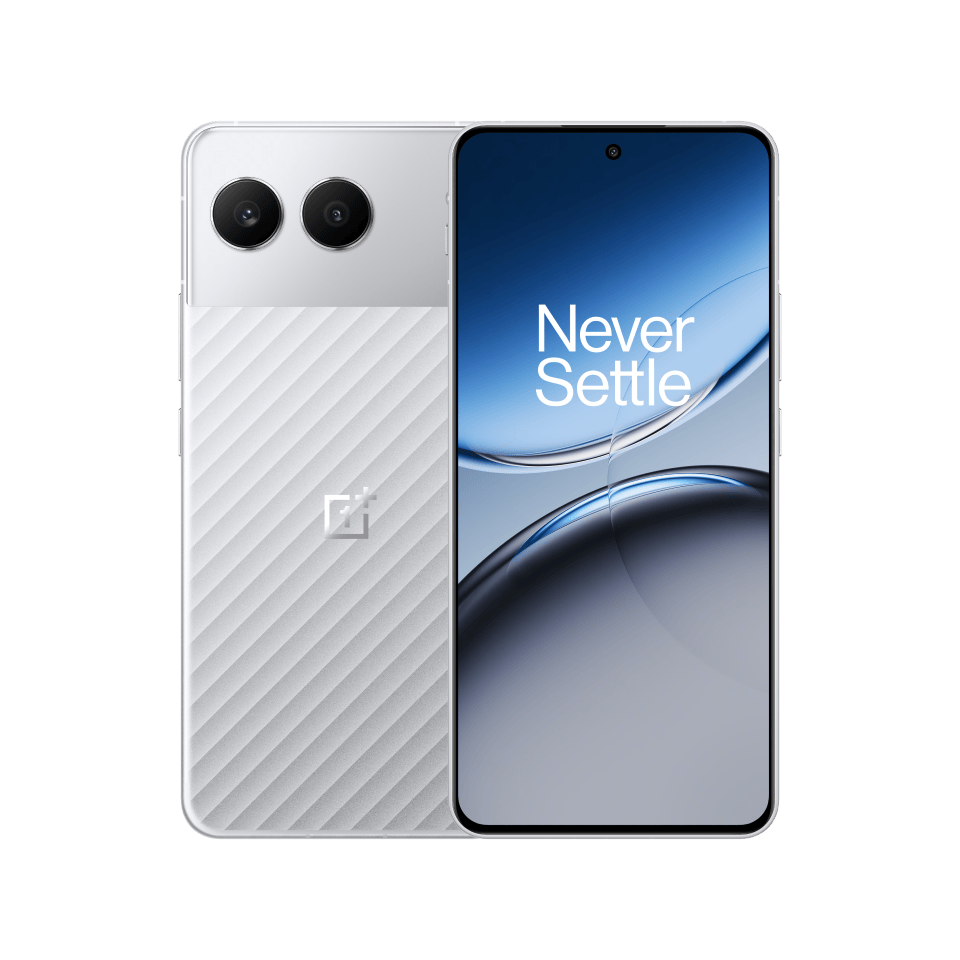
Hotspot Data Usage: Does It Really Use More Data?
In today’s hyper-connected world, staying online is practically a necessity, whether we’re on a road trip, working remotely, or simply sharing our connection with friends. One of the most convenient ways to maintain that connection is by using the mobile hotspot feature on our smartphones. But there’s a question that seems to pop up repeatedly: Does using a hotspot consume more data than regular usage?
It’s a valid concern, especially for those looking to maximize their data plans while keeping costs low. Let’s dive into this topic and uncover the facts.
Understanding Hotspot Data Usage
When you turn your smartphone into a hotspot, it essentially acts as a mini Wi-Fi router. The data used by the devices connected to your hotspot is drawn directly from your mobile data plan. This means that if you stream a movie on your laptop via a hotspot, the data usage comes straight out of your smartphone’s data allowance. But does this mean it uses more data than if you were just streaming on your phone? Not necessarily, but there are a few factors to consider.
Does Hotspot Use More Data?
The short and straightforward answer is no—using a hotspot doesn’t inherently use more data than accessing the internet directly on your smartphone. There’s no “double counting” happening with your data. However, there are scenarios where it might seem like your data usage is skyrocketing when using a hotspot, and understanding these situations can help you manage your data more effectively.
Factors Influencing Data Usage During Hotspot Use
Device Type and Usage
Larger Screens, More Data
If you connect a device like a laptop or a tablet to your hotspot, you might notice higher data consumption. Why? Larger screens often come with higher resolutions, which means they may load or stream higher quality (and more data-intensive) content compared to your smartphone.
Background Data Usage
Devices connected to your hotspot may behave as if they’re connected to a regular Wi-Fi network. This can trigger background apps and automatic updates, particularly if those devices are set to update or sync data automatically when on Wi-Fi. Laptops, tablets, and even some phones can run these processes in the background, quietly consuming data without your immediate awareness.
Multiple Devices
The More, The Merrier (For Data Usage)
When multiple devices connect to your hotspot, your data consumption can multiply quickly. For instance, if two people are streaming HD videos simultaneously via your hotspot, you’ll see a significant spike in data usage. This increase isn’t due to the hotspot feature itself but rather the data-intensive activities being carried out on those devices.
Different Use Cases
Data-Heavy Activities
Activities like streaming high-definition videos, online gaming, or downloading large files are notorious for eating up data. When these activities are carried out on a device connected to your hotspot, they will naturally consume more data than if you were just browsing or using social media on your smartphone.
How to Manage Data Usage on a Hotspot
Managing your data effectively while using a hotspot doesn’t have to be a headache. With a few simple strategies, you can keep your data usage in check and avoid unexpected overages.
Monitor Your Data
Stay Informed, Stay in Control
Most smartphones come equipped with built-in data tracking features. These tools allow you to monitor how much data your hotspot is consuming. You can even set up alerts to notify you when you’re nearing your data limit. This proactive approach ensures you’re always aware of your data usage, helping you avoid unpleasant surprises.
Limit Background Data
Cut the Unnecessary Data Drain
Before connecting other devices to your hotspot, take a moment to disable automatic updates, cloud syncing, and other background processes. These processes can consume large amounts of data without you even realizing it. By turning off these features, you can conserve your data for the activities that matter most to you.
Adjust Streaming Quality
Quality vs. Quantity: The Data Dilemma
Streaming services like Netflix and YouTube offer settings that allow you to lower the video quality. Streaming in standard definition (SD) instead of high definition (HD) can significantly reduce your data consumption without drastically affecting your viewing experience. It’s a small sacrifice for big data savings.
Connect Fewer Devices
Less is More
The more devices you connect to your hotspot, the faster your data will be consumed. By limiting the number of devices connected, you can stretch your data further. Prioritize which devices need the connection most, and disconnect those that aren’t essential.
Use Data-Saving Modes
Optimize, Don’t Compromise
Many smartphones and apps offer data-saving modes designed to minimize data usage while browsing, streaming, or downloading content. Activating these modes can help you use your data more efficiently, ensuring you get the most out of your plan without cutting down on your usage.
eSIM: A Travel Companion That Helps You Stay Connected
If you’re frequently on the go and rely on hotspots to stay connected, you might want to consider a travel eSIM with hotspot capabilities. Find an eSIM provider that offers travel eSIMs that support hotspots and tethering, allowing you to easily share your data allowance across multiple devices.
Prepaid Plans for Peace of Mind
Most eSIM plans are prepaid, so you don’t have to worry about accidentally incurring additional data costs without your knowledge. If you do run out of data, you can always purchase an add-on and continue to stay connected, wherever you are.
Global Coverage in 100+ Countries
Most eSIM providers offer data plans in over 100 countries, some even 200+, ensuring you can stay connected no matter where your travels take you. Almost all eSIM providers provide regional plans for those traveling across multiple countries, allowing seamless connectivity as you hop between destinations.
The Verdict: Hotspot Data Usage Simplified
So, does using a hotspot use more data? In a nutshell, no—using a hotspot doesn’t use more data than regular internet usage on your smartphone. However, the type of device connected, the number of devices, and the activities being carried out can all contribute to increased data consumption.
By understanding these factors and employing some simple data management strategies, you can enjoy the convenience of a mobile hotspot without blowing through your data plan. Whether you’re streaming your favorite shows, working remotely, or just sharing your connection with friends, you can stay connected confidently, knowing you’re using your data wisely.










